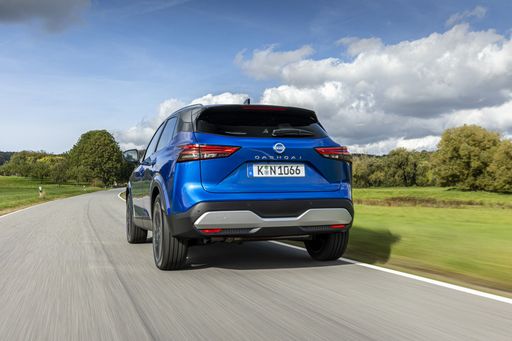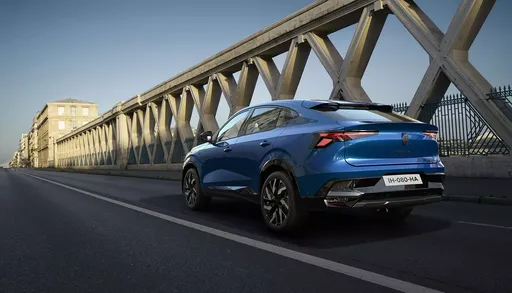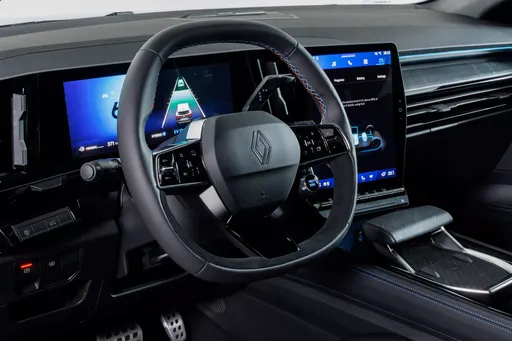The Battle of the SUVs: Nissan Qashqai Versus Renault Rafale
As automotive innovation accelerates, two models stand out in the ever-popular SUV segment: the Nissan Qashqai and the Renault Rafale. Both vehicles offer a blend of style, performance, and technological advancements, making them popular choices for modern drivers. Let's delve into the intricate details and innovations of these two contenders in the SUV arena.








